Can lightning strike twice? Niantic is betting that it can with its latest augmented reality game based on the best-selling multimedia franchise Harry Potter.
If the developer's name is unfamiliar, then perhaps Ingress, the company's first mobile game, which not only earned a cult following but also set the template for location-based gaming, rings a bell.
If you're not familiar with Ingress, then certainly you've heard of Pokémon GO, the mega-hit game that took the world by storm in 2016 and still serves as mainstream media's synonym for augmented reality. While the game's public visibility has waned since then, it remains one of the top-grossing mobile games on the App Store and on Google Play.


The success of Pokémon GO has spawned legions of generic imitators that, unsurprisingly, fell flat. The game has also faced off against a trio of legitimate contenders from the Jurassic Park, Walking Dead, and Ghostbuster franchises. Despite recognizable brand names and a helping hand from former Niantic parent company and subsequent investor Google via the Maps API, neither member of the triad has been able to replicate the success of Pokémon GO.
- Don't Miss: Niantic Conjures Preview of Harry Potter Augmented Reality Game, Opens Pre-Registration on Google Play
Enter Harry Potter: Wizards Unite, which is now finally available for free on the App Store and Google Play with in-app purchases ranging from $0.99 to $99.99. The long-awaited location-based augmented reality game not only has Pokémon GO's developer at the helm (with three additional years under its belt and lessons learned from Pokémon GO's launch), but also comparable intellectual property of the Wizarding World at its back. And the game arrives just in time for the summer solstice, the longest day of the year and the perfect date for a game that demands outdoor play.
So, how does the spiritual successor to Pokémon GO stack up? I spent the better part of an afternoon casting spells, chasing demons, and battling sorcerers to find out.
The Map
Soon after installing the game, I headed for a nearby park to test it out. After a parade of logos from the game's producers, the game's logo appears over a cloudy sky. An owl soars into view and then dives earthward. The camera follows, zooming into the world map. It's a very cinematic way to bring players into this merged world.
From looking at the map, the parallels to Pokémon GO and just about every other location-based AR game become immediately clear. Instead of pocket monsters strewn across the map, icons representing different categories of magical treasure lie about for players to collect. In the place of pokestops, there are small buildings, which players learn are inns and greenhouses. Substituting for gyms are larger castles called chambers.


The first time through, the game operates in a tutorial mode that serves to guide players through the elements of the game and deliver some exposition. In short, the premise of the game is that a breach between the muggle and magic worlds has allowed mystical monsters, materials, and magicians to wander into the real world. You, a wizard, must collect them and return them to their rightful realm.
From there, the gameplay mirrors Pokémon GO in each phase, with some twists.
Collecting
Augmented reality first comes into play in collecting foundables, which are represented by the colored icons that manifest in the player's vicinity. Tapping the icon launches an augmented reality encounter with confoundables, which are foes who guard or harass the foundables.
The encounters in AR+ mode for Wizards Unite are somewhat of a mix between the original AR mode and the more immersive AR+ mode in Pokémon GO with some tweaks. (The AR mode can be toggled off as well.)


Players begin by scanning their environment for "Traces of magic," or, in more practical and technical terms, detectable surfaces via ARKit or ARCore. Once a surface, er magic, is found, the game instructs players to look up with their smartphones, where a random pairing of confoundable(s) and foundable are...found. Players then align a trio of stars guided by their device with another trio of stars in front of the 3D content to initiate the second stage of the encounter.
Next, a meter appears that measures the threat level of the confoundable, ranging from low to high. As the meter calibrates, the camera view of the real world freezes, in much the same way of the original AR mode in Pokémon GO. Once the meter moves away, players are faced with their opponent, which still moves on top of the real world scene. Each spell cast costs an energy point (the equivalent of a pokeball).


Then, players cast a spell to defeat their enemy. The spell is executed by tracing a pattern presented in the foreground. I found this easier than swiping the screen to toss a pokeball, but the mechanism is still challenging, as the game grades a players' accuracy in tracing the pattern and requires players to start and begin at a precise point. With the spell cast, the enemy either succumbs to the magic energy, resists the spell so that the player can cast again, or escapes with the foundable.
Once players are successful in their sorcery, they are able to collect the foundable, or at least a fragment of a whole foundable. The foundable is recorded in the appropriate category of the registry (the equivalent of a pokedex), which raises their rank in that particular category. Foundables also contribute to challenges and allow players to earn experience points towards their overall rank.


The AR experience in this game is both clever and disappointing. In AR+ mode in Pokémon GO, you get a more realistic experience, but within the constraints of ARKit and ARCore, which means content can still appear unnaturally within the environment. But when freezing the real world image, the AR content appears to move more realistically in the player's surroundings. Niantic's take on Harry Potter operates in the same way.
However, with Niantic preparing its Real World Platform, which will enable occlusion that cancels out the shortcomings of ARKit and ARCore, I can't help but feel short-changed here.
By the way, there is a way to catch foundables without casting spells. That's with portmanteaus and portkeys (the equivalent of eggs and incubators). After walking the specified distance, players earn a foundable for their collection. However, without step counting in the background, this is not as effective a means of collecting.
Farming
There's not a lot of augmented reality going on in the farming portion of the game, but it's worth noting how the game treats item collection. Players collect items as rewards for ranking up or from inns and greenhouses.
Inns give players food, which converts to energy points for spell casting, and players can also dark detectors (equivalent of lure modules) to spawn more confoundable encounters. After a cooldown period, players can revisit the inn for more food and energy.
Greenhouses provide players with ingredients for potions, and they can also house seeds to grow ingredients that any visitor to the greenhouse can harvest after a period of time. Players can also collect ingredients for potions laying loosely in the field of play. Once the right ingredients are collected, players can brew potions, which enhance spells in battle, from the potions menu.
Combat & Quests
All this collecting has put me in a belligerent mood, so it's time to head to one of the chambers for a wizard fight or two. (Chance encounters also occur in the field.)
The battle encounters start in the same way as the confoundable encounters, with the game anchoring the opponent into the scene in the same fashion. The difference comes in the spell casting, which consists of offensive and defensive spells.


To attack, players align a single star icon with one in front of their opponent and hold it in place to charge the attack. Then, players proceed with tracing a pattern to cast the spell. Players can also defend if they swipe in the specified direction in time. Hit points are exchanged with each volley of attacks until a winner emerges. Players earn magical items for their registry for their victories.
In addition, while Pokémon GO offers Field Research for players to grind towards objectives. Wizards Unite gives players daily assignments consisting of activities from returning foundables and completing challenges to brewing potions to visiting inns.


Personalization
Wizards Unite offers one other augmented reality feature that sets it apart from its predecessor.
In Pokémon GO, personalization consists of an avatar that players can dress up in exchange for currency. I, personally, look like none of the options.


In Wizards Unite, players set their profile photo via their smartphone camera and, in a nod to Snapchat, players can add virtual accessories, masks, and stickers to their portrait. Players can also save these photos to share with others.
Harry Potter: Wizards Unite ultimately improves on the gameplay that Niantic has built in Pokémon GO. That said, the Potterverse lore is a bit thick for muggles like myself — I watched the movies and recognize some of the vocabulary, but I'm not exactly fluent in the jargon of Hogwarts. As a result, the game feels more complex than it probably is.
Nonetheless, I found the main draws of the gameplay (wizard fights) to be worth the price of admission (that is, free with in-app purchases). Fans of the Harry Potter universe will get more than their fair share of new, magical adventure with this game, even if they're augmented reality newbies who need a little training to handle all the virtual content dropped into the real world.
Just updated your iPhone? You'll find new emoji, enhanced security, podcast transcripts, Apple Cash virtual numbers, and other useful features. There are even new additions hidden within Safari. Find out what's new and changed on your iPhone with the iOS 17.4 update.
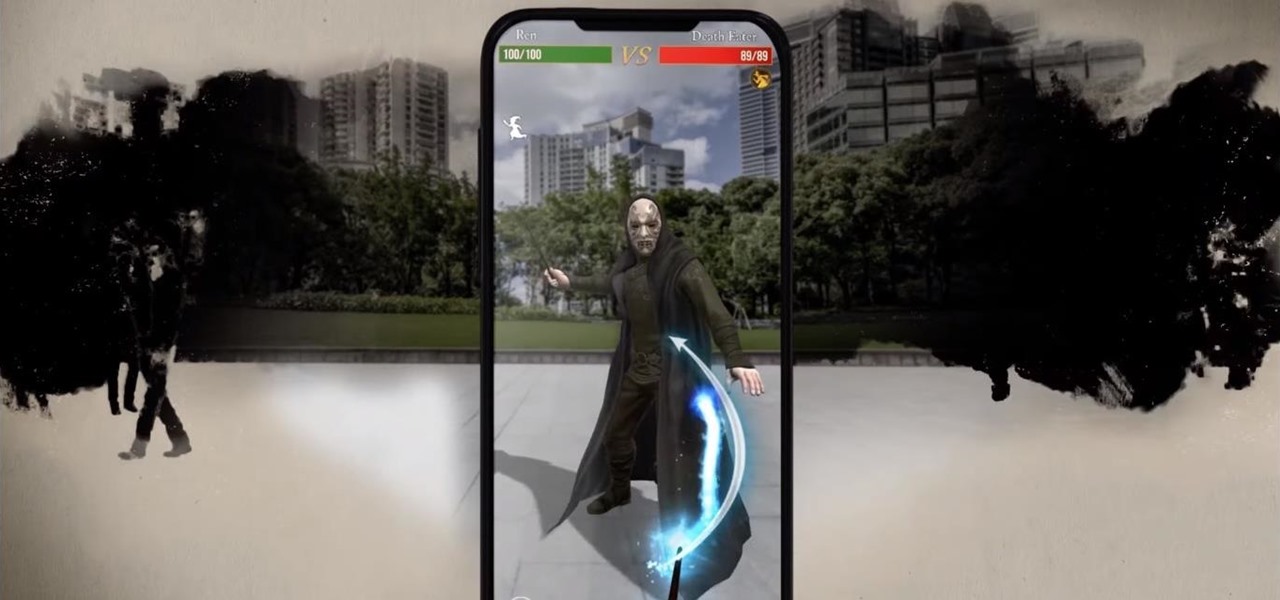









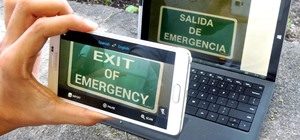
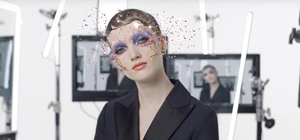




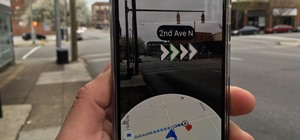

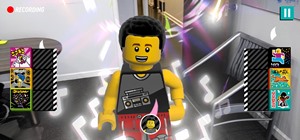




Be the First to Comment
Share Your Thoughts